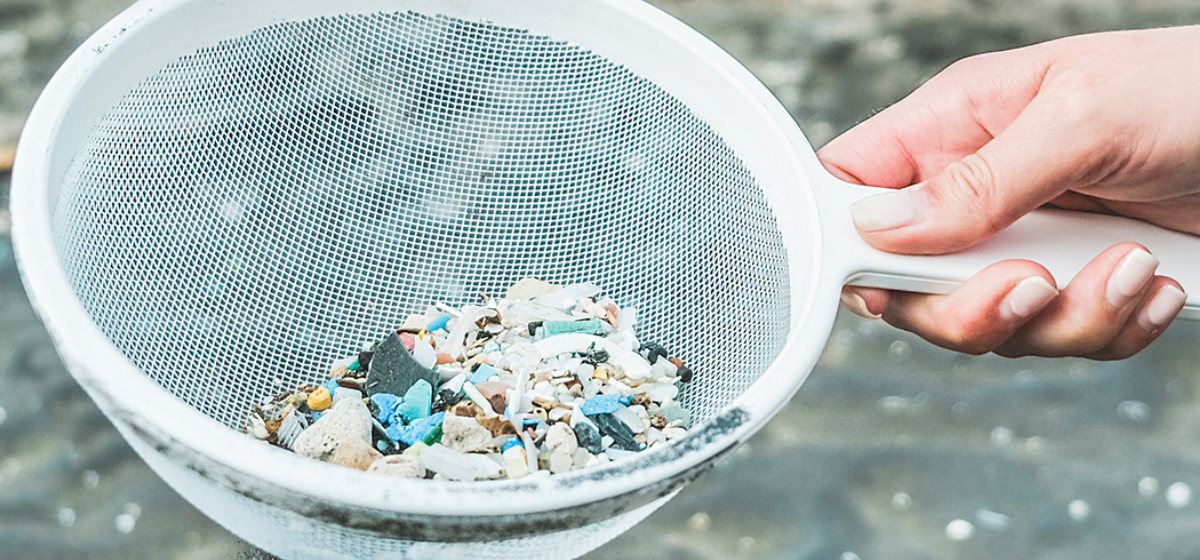
Authors: Idun Rognerud, Rachel R. Hurley, Amy Lusher, Inger Lise Nerland Bråte
Abstract: In March 2022, the second session of the 5th United Nations Environment Assembly unanimously adopted Resolution 14. End Plastic Pollution: towards an international legally binding instrument[1]. The resolution marked the start of a process to negotiate a legally binding international agreement to end plastic pollution. The preamble to the resolution highlights that “plastic pollution includes microplastics”, hence the Intergovernmental Negotiating Committee will need to consider how to address both macroplastic and microplastic pollution in a global agreement.
To do so, the report first introduces key concepts, principles and terminology to establish a framework for addressing microplastics in a global agreement, before summarising the current knowledge base and the challenges that remain for the science-policy interface on microplastic pollution. It provides an analysis of existing measures on microplastics, focusing on effectiveness, and elaborates on how different sources and pathways may require different measures. A separate chapter is dedicated to examining lessons learnt from existing multilateral environmental agreements under the chemicals and waste cluster (e.g. the Stockholm, Rotterdam, Basel and Minamata Conventions), before proposing constellations of measures and supporting mechanisms to address microplastic pollution in the global agreement.

ISBN 978-92-893-7480-4 (ONLINE)
http://dx.doi.org/10.6027/temanord2022-566
TemaNord 2022:566
ISSN 0908-6692
© Nordic Council of Ministers 2022
Published: 5/1/2023
Please find the full article here.